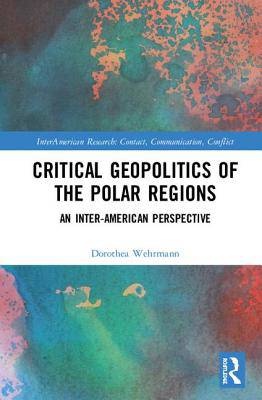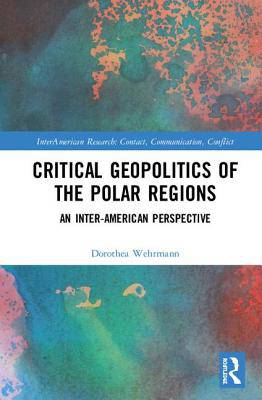
- Afhalen na 1 uur in een winkel met voorraad
- Gratis thuislevering in België vanaf € 30
- Ruim aanbod met 7 miljoen producten
- Afhalen na 1 uur in een winkel met voorraad
- Gratis thuislevering in België vanaf € 30
- Ruim aanbod met 7 miljoen producten
Omschrijving
Focusing on both Polar Regions, this book provides a comprehensive understanding of political processes related to the rapidly changing Arctic and Antarctic, where the environmental impacts of human activities are extremely visible.
Environmental changes in the Arctic and the Antarctic are increasingly seen as barometers of the global impact of human activities, while newly arising economic opportunities in both Polar Regions prompt predictions that they will be the site of future conflicts. This book maps and analyses the different actors involved in the politics of the Polar Regions to explain why similar patterns of interpretation of such major issues have become dominant in practical, popular and formal geopolitical discourses. Disentangling the politics, the author illustrates how the ordering principles have evolved, explains recent dynamics in political processes and provides the groundwork needed to better forecast future trends. By focusing on the Americas, the only continent that borders both Polar Regions, the author shows how geographic proximity inspires interaction and cooperation among state and non-state actors in very different ways.
This volume will be of interest to scholars and students of political science, political geography, international relations, global governance and cultural studies. It will have an international appeal particularly in the Americas, and other countries with growing interests in the Polar Regions.
Specificaties
Betrokkenen
- Auteur(s):
- Uitgeverij:
Inhoud
- Aantal bladzijden:
- 258
- Taal:
- Engels
- Reeks:
Eigenschappen
- Productcode (EAN):
- 9781138485815
- Verschijningsdatum:
- 15/11/2018
- Uitvoering:
- Hardcover
- Formaat:
- Genaaid
- Afmetingen:
- 160 mm x 236 mm
- Gewicht:
- 544 g

Alleen bij Standaard Boekhandel
Beoordelingen
We publiceren alleen reviews die voldoen aan de voorwaarden voor reviews. Bekijk onze voorwaarden voor reviews.











